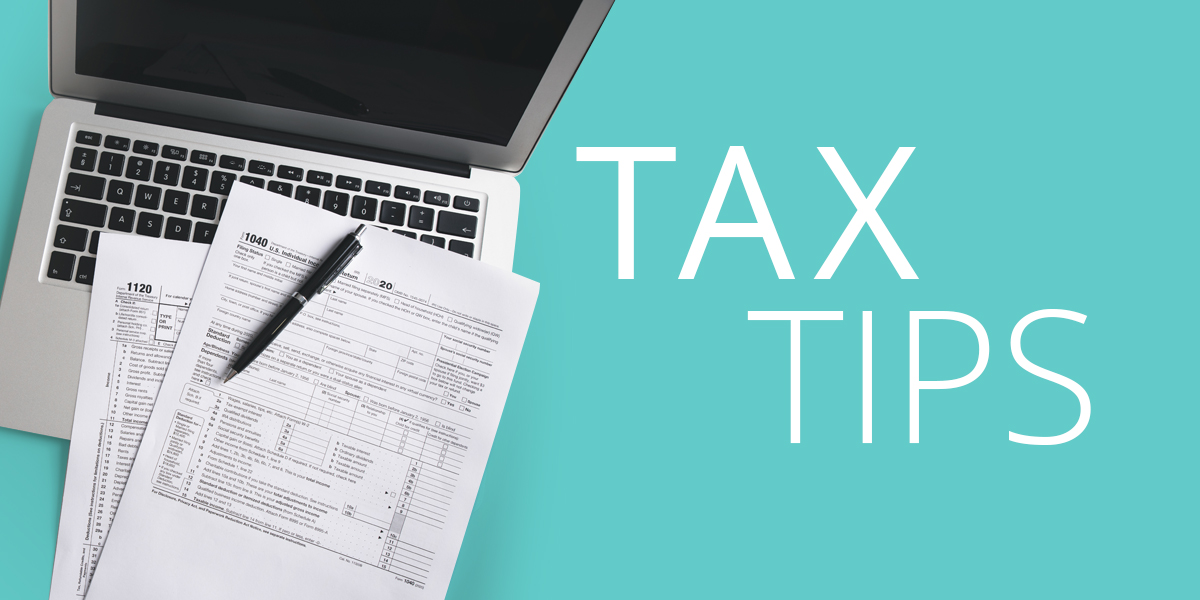If you’re a retiree aged 70½ or older, consider taking advantage of legislation that allows you to reduce or eliminate the amount of income tax on IRA withdrawals transferred directly to a qualified charitable organization. You can use this tactic even though minimum distributions are no longer required until age 72. Referred to as Qualified Charitable Distributions (QCDs), they can also be used to satisfy all or part of your required minimum distribution.
Requesting a Tax Transcript From the IRS
Filing an error-free tax return is key to taxpayers getting any refund they are due as soon as possible. Using Online Account on the IRS website is the fastest and easiest way to see account information such as estimated tax payments, prior year adjusted gross income, and economic impact payment amounts. Taxpayers who don’t have an account will need to create one.
Roth IRAs: Put Your Child’s Summer Earnings to Work
With plentiful opportunities for teen employment this year, now is the perfect time to consider opening a Roth IRA for your minor child. Here’s what you need to know.
Got Cash? What To Do With a Windfall
A cash windfall is any amount of money that you didn’t expect to receive and is over your regular income. Most would consider it to be any amount over $1,000 – and quite often, the amount of money is much more than that. For example, you may have received a bonus at work, an inheritance, a legal settlement, a profit from selling a property or business, or won the lottery.
Applying for Tax-Exempt Status as a Nonprofit
To be tax-exempt under Section 501(c)(3) of the Internal Revenue Code, an organization must be organized and operated exclusively for any of these purposes: charitable, religious, educational, scientific, literary, testing for public safety, fostering national or international amateur sports competition or preventing cruelty to children or animals.
Understanding Your Rights as a Taxpayer
By law, all taxpayers have fundamental rights when interacting with the IRS, and all taxpayers should know and understand their rights. Ten categories of rights are presented in the Taxpayer Bill of Rights. Here’s an overview:






